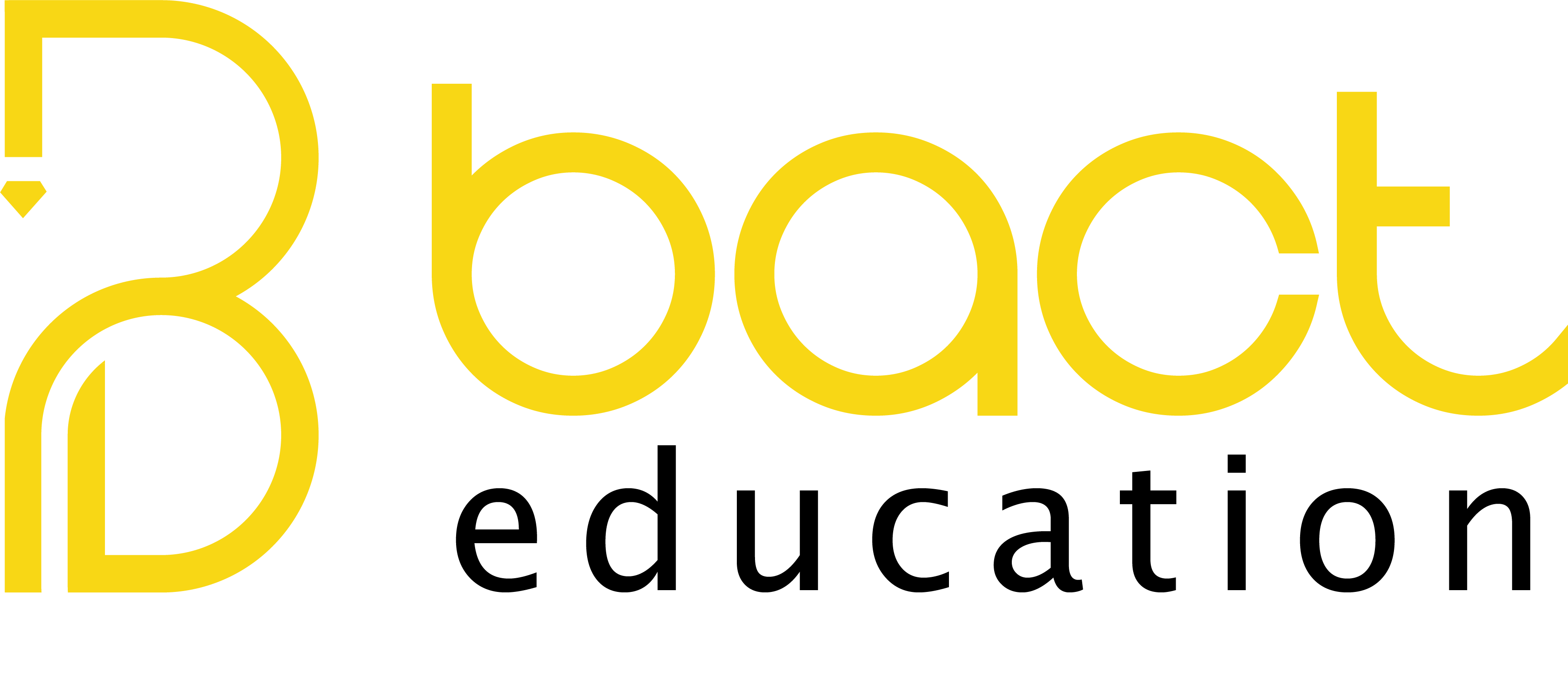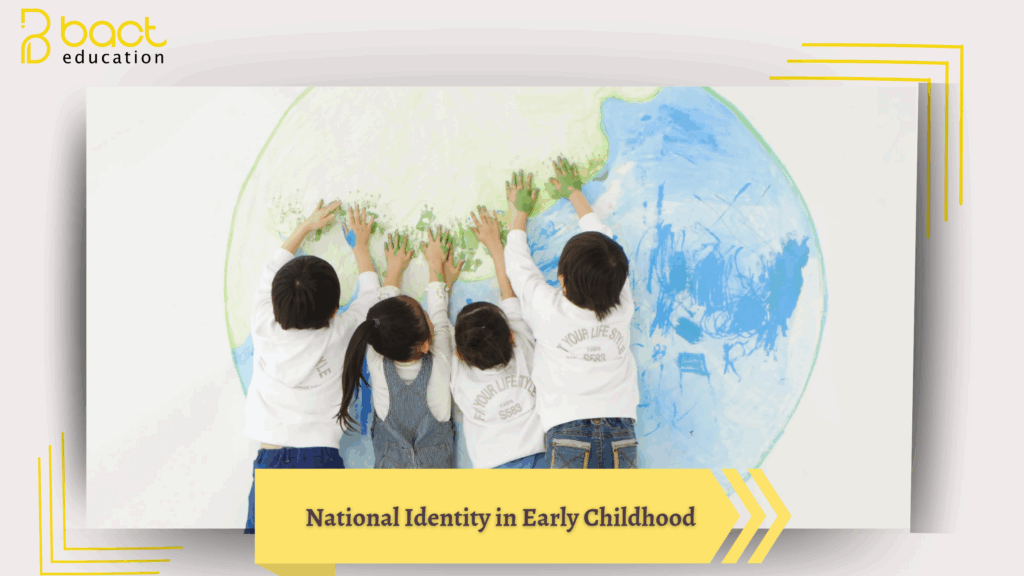National Identity in Early Childhood:
Educational Strategies for Fostering Belonging in a Multicultural Environment
Introduction
Early childhood is a critical stage in shaping identity and belonging, as it is during this period that a child begins to understand who they are and to which community they belong. In multicultural educational settings, fostering national identity becomes an educational challenge that requires cultural sensitivity and well-designed strategies. National identity does not imply isolation; rather, it is a gateway to self-understanding and openness to others. It is a fundamental element in building an aware and engaged citizen who contributes positively to their society.
- The Concept of National Identity in Early Childhood
National identity refers to an individual’s sense of belonging to their homeland and encompasses language, history, culture, and shared values. During early childhood, children begin forming their self-image through interactions with family, the environment, and educational institutions. Therefore, educators play a vital role that extends beyond academic instruction to include fostering national awareness in a positive and inclusive manner. - Challenges in a Multicultural Environment
In societies that include children from diverse cultural backgrounds, educators may find it challenging to strike a balance between respecting cultural diversity and nurturing national identity. Key challenges include:
- Differences in children’s native languages
- Diversity in family values and practices
- Varied perceptions of the concepts of “nation” and “belonging”
Hence, educational strategies must be flexible, inclusive, and non-exclusionary.
- Educational Strategies for Fostering National Identity
- Positive Cultural Integration:
Use activities that highlight elements of national identity—such as songs, stories, and national symbols—in interactive ways that also respect children’s cultural diversity. - Language as a Tool of Belonging:
Promote the state’s official language through daily activities while supporting children’s native languages, creating a linguistically rich and balanced environment. - Celebrating National Occasions:
Organize educational events on national occasions (such as Independence Day or Flag Day) that engage children in understanding the meaning of these events in simple and enjoyable ways. - Educational Stories:
Incorporate stories that reflect national values such as cooperation, respect, and love of country, presented in age-appropriate ways. - Community Interaction:
Arrange field trips to national sites (such as museums and historical landmarks) and connect these experiences to children’s daily lives.
- The Role of the Educator in Strengthening Belonging
The educator is the first role model a child encounters outside the family. Therefore, the educator should possess:
- Deep cultural awareness
- The ability to interact with all children impartially
- Skill in linking educational content to national values
- The use of positive language that encourages belonging without imposition or exclusion
Conclusion
Instilling national identity during early childhood is a long-term educational investment that contributes to building a generation that is aware, connected, and accepting of diversity. In a multicultural environment, this role becomes even more vital, as the educator must act as a bridge between belonging and respect, between identity and openness. Effective educational strategies do not impose belonging; they nurture it through experience, dialogue, and mutual respect.

